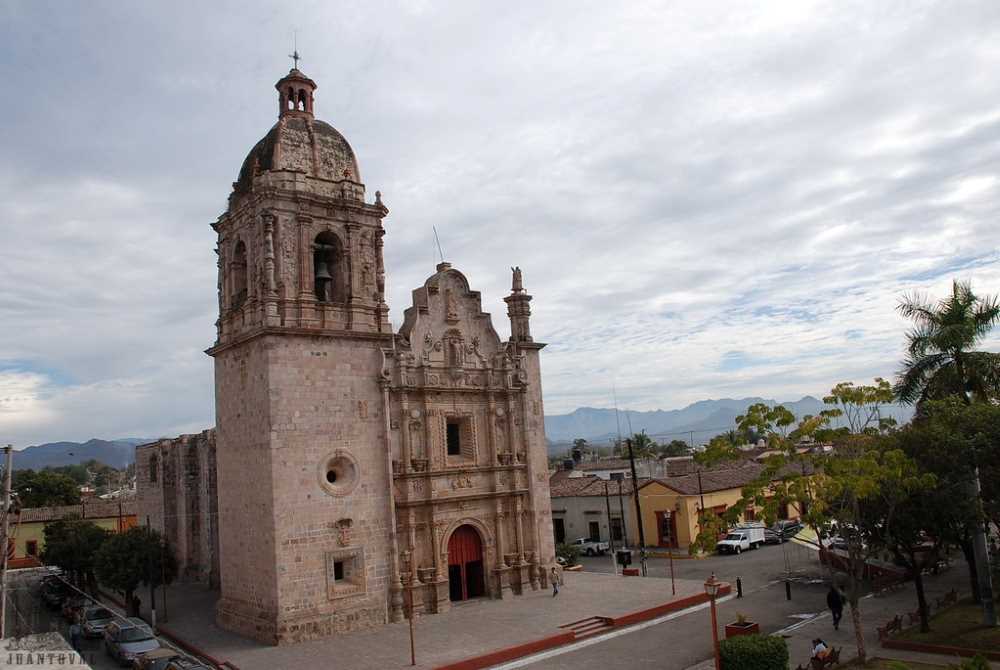Francisco de Ibarra and the Making of Concordia, Sinaloa
Explore the captivating history of Concordia, Sinaloa, a town shaped by Spanish Conquistador Francisco de Ibarra, indigenous Totorames, and the lucrative mining industry. Uncover a fascinating tapestry of cultural, economic, and political transformations spanning five centuries.

On the 20th of January, 1565, a momentous occasion marked the birth of a new town in the Sinaloa region of present-day Mexico. This event was catalyzed by a Spanish Captain known as Francisco de Ibarra, also referred to as "El Fénix de los Conquistadores". This ambitious adventurer, hailing from Eibar in the province of Guipuzcoa, Spain, christened his new settlement "Villa de San Sebastián".
This choice of name was not arbitrary, but rather a multifaceted tribute. It recognized the day's significance in the Roman Martyrology, which observes the festivity of St. Sebastian—a soldier venerated by the Catholic Church and invoked in times of plague and against enemies of the faith. Additionally, Ibarra's naming of the town paid homage to his Basque origins, as the capital of his home province is also San Sebastian.




